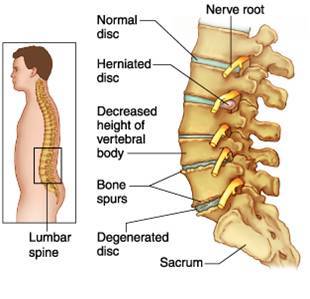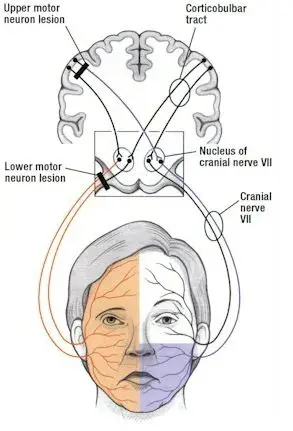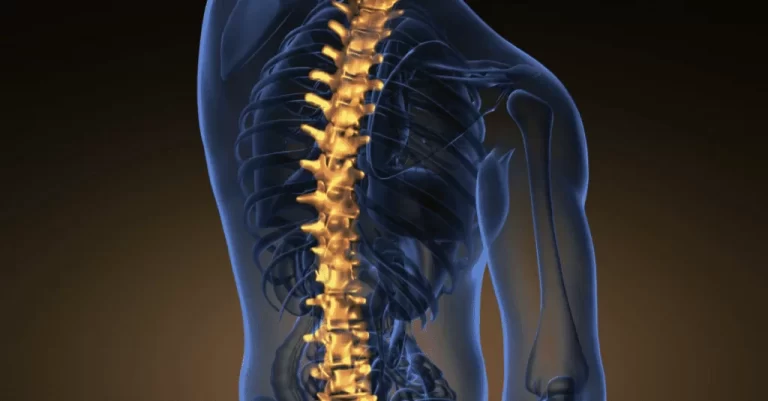PROLAPSED INTER VERTEBRAL DISC (PIVD) PHYSIOTHERAPY MANAGEMENT
Slipped Disc: PROLAPSED INTERVERTEBRAL DISC (PIVD) Definition of Slipped Disc: Stages of PIVD: Lower Back Anatomy: Anatomy of Intervertebral Discs Types of Disc Herniation Causes of PIVD: Symptoms of PIVD: Cauda equina syndrome: Bulging Discs vs. Herniated Discs: Diagnosis SPECIAL TESTS FOR PIVD: IMAGINARY DIAGNOSIS: Gait Pattern in PIVD: Treatment of PIVD: 1. Conservative Management:…










